Meteorologists in Bangladesh have raised concerns as the country grapples with prolonged heatwaves, with temperatures soaring above 36°C in various regions for extended durations. In April alone, heat alerts have been issued four times, signaling a very severe heatwave engulfing the southwest and central parts of the nation.
Dr. Muhammad Abul Kalam Mallik, a seasoned meteorologist at the Bangladesh Meteorological Department (BMD), highlighted a concerning trend of increasing heatwave days (HWD) over the past decade. He noted a shift in heatwave patterns, extending beyond the traditional southwest region to encompass several central and southern districts.
In an interview with Dhaka Tribune, Dr. Mallik underscored the escalating duration of mild to severe heatwaves since 2014, based on his three-decade analysis of HWD trends. His recent scientific study, focusing on the period from 1990 to 2019, identified areas like Jessore, Chuadanga, Rajshahi, Ishwardi, and Satkhira as experiencing the highest number of heatwave days during the pre-monsoon season.
The capital, Dhaka, hasn't been immune, witnessing an average of 8.5 heatwave days during the pre-monsoon months, with temperatures hitting 40.2°C recently. Dr. Mallik highlighted the urgency of the situation, noting that heat alerts were issued on the 1st, 10th, 14th, and 19th of April this year.
Heatwave Severity and Causes
When temperatures persist above 36°C over a large area for three or more days, it qualifies as a heatwave according to BMD classifications, ranging from mild to very severe. Saturday saw Jessore recording the season's highest temperature at 42.6°C.
Explaining the phenomenon, Dr. Mallik referred to his study, which elucidates how solar radiation, temperature advection, and moisture influx contribute to heatwave conditions, particularly during the pre-monsoon period. The paper highlights the impact of solar radiation patterns and wind movements on Bangladesh's weather, underscoring the role of moisture-laden winds in exacerbating heatwave effects.
Despite Dhaka's daytime temperature hitting 40.4°C, factors like moisture content intensified the heat, making it feel as hot as 46°C. Dr. Mallik emphasized comprehensive data analysis from 34 monitoring stations, revealing Jessore's significant heatwave incidence, contrasting starkly with minimal occurrences in areas like Barisal, Sylhet, Comilla, Chittagong, and Cox's Bazar.
Bangladesh's Warming Climate
Recent years have seen Bangladesh experiencing a 0.9°C rise in summer temperatures compared to the 1986-2005 baseline, surpassing the global average increase. The Lancet's 2023 report on Health and Climate Change highlighted Bangladesh's heightened vulnerability, with rising temperatures affecting labor capacity and exacerbating health risks like dengue transmission. The World Bank forecasts an increase in the duration of extreme heat, impacting outdoor work hours and agricultural productivity, underscoring the urgent need for adaptive measures to mitigate climate-related risks.



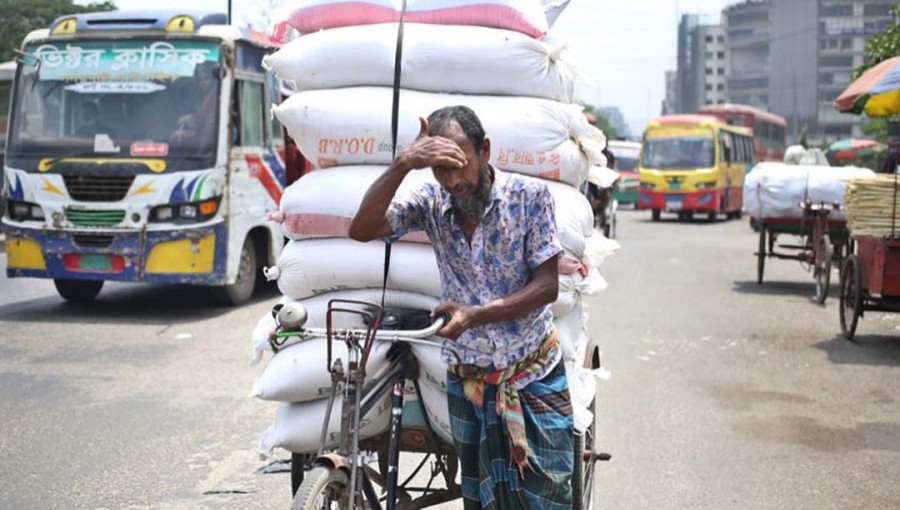

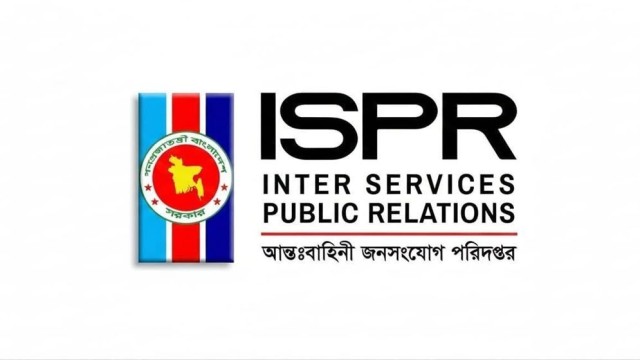
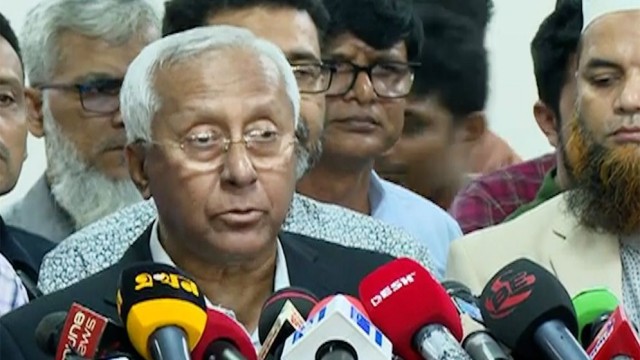

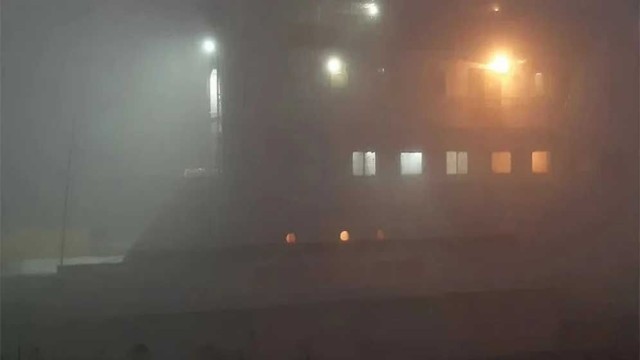


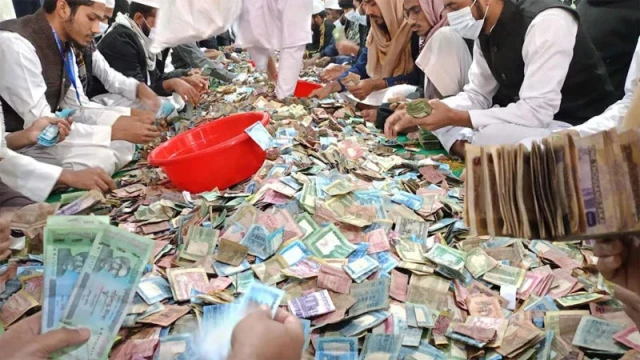
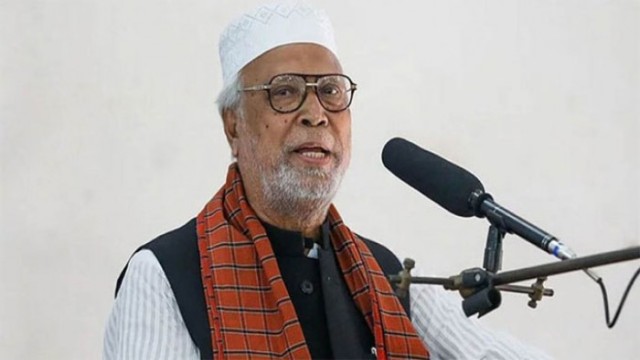


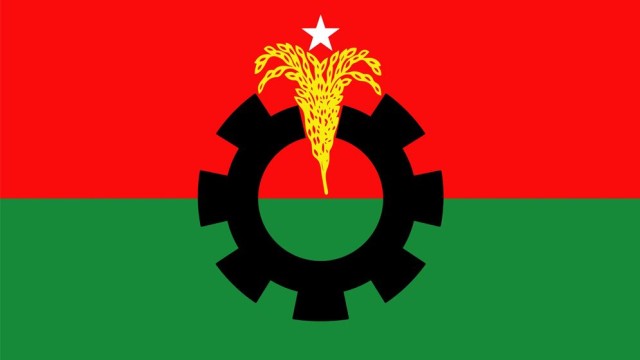
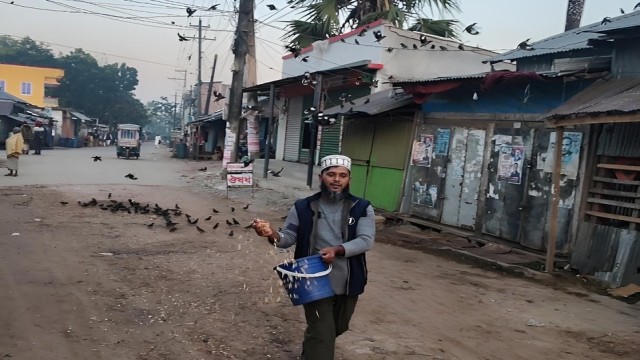










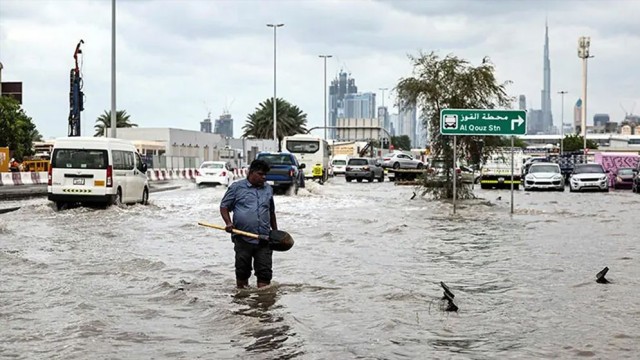
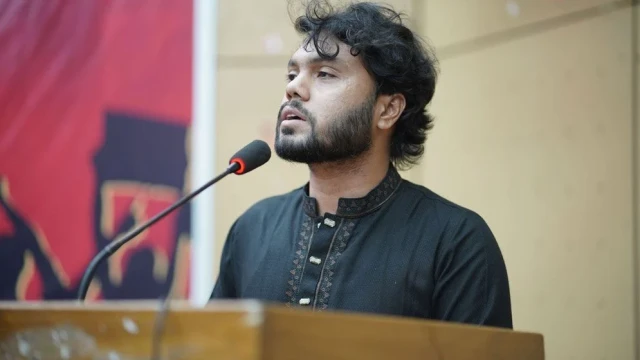


Comment: